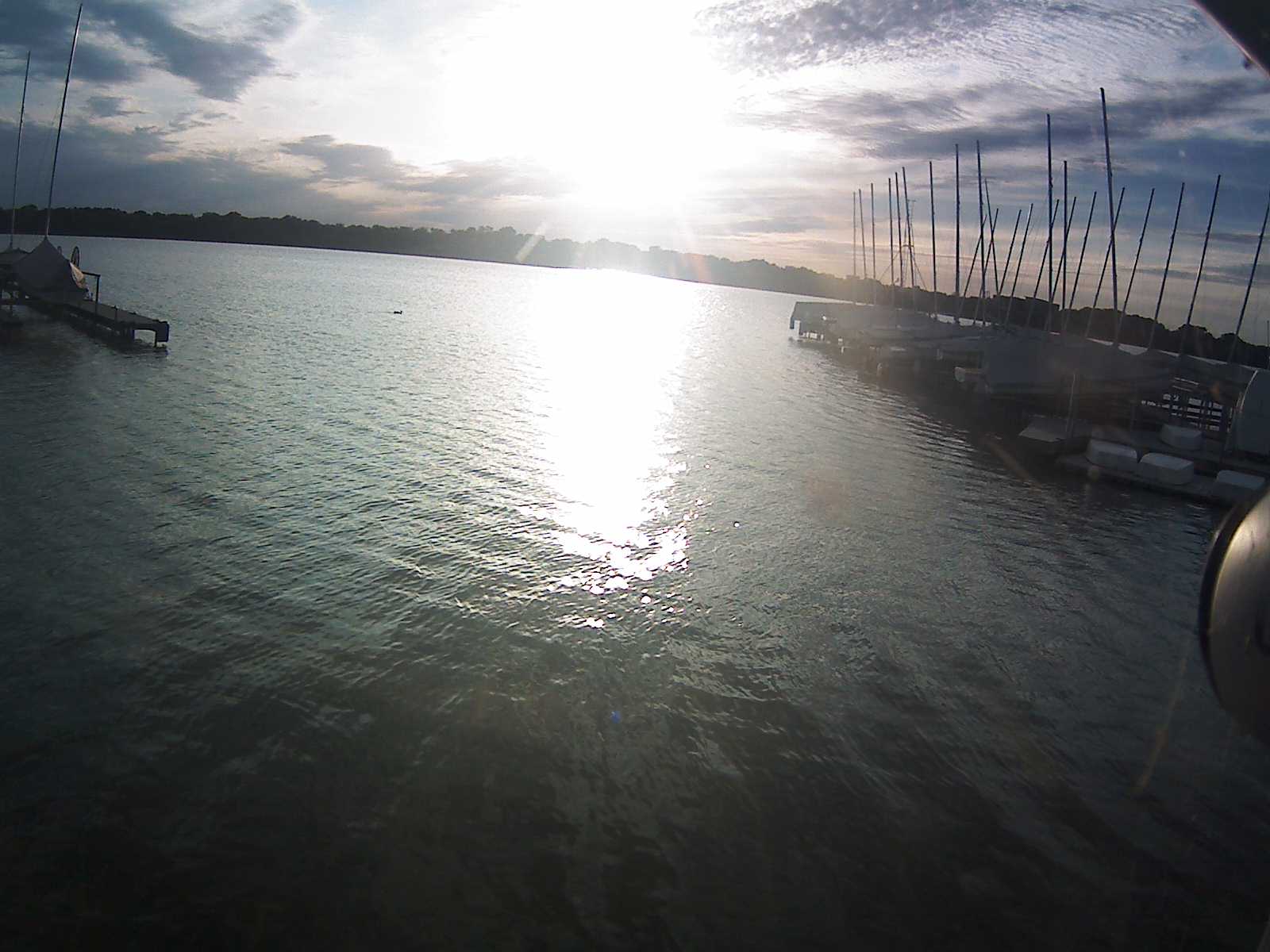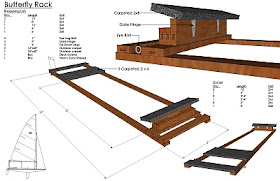Strategy: Mark Approach
Beginner Answer: Always set up on the inside when approaching a mark. More often than not, it will put you where you need to be.
Advanced Answer: Anticipate, anticipate, anticipate. The smartest boat will round first.
Green can prevent this by bearing off (footing, pulling helm toward you and steering down) a little before they get to the layline to get a little separation, and then tacking onto starboard first:
Red is forced to tack on Green’s terms. Green can tack when it wants to instead of when it is permitted to and can lay the mark, while Red may not be able to. This time Green has the advantage:
If Green can get Red to tack, Green again has the advantage.
And back and forth it goes, just as in chess. For every move there is a counter-move. And as with chess, the one that anticipates the earliest usually wins.
Advanced Break Down:
As the two boats approach the weather mark, Green on the right anticipates its options and has room to tack before it reaches the layline:
Green is in an aggressive mood and tacks before it gets to the layline:
This forces Red to tack:
Red now has a major problem – it’s pinned down and has to wait for Green to tack again. Smart move by Green as it rounds first in total control.
Red could have avoided this by ducking Green, but it loses a boatlength to Green at the worst time – just before a mark rounding.
This means when Red tacks, Green will probably still be able to tack and cross on port and round first. In spite of the port-starboard yelling, Red is still behind and would have to protest Green after the race. Inconclusive at best and not the way to deal with an aggressive competitor like Green.
There’s a better way for Red to beat Green.
In Butterflys, Lasers, and Sunfish, the skipper weighs at least as much as the boat. This means that if the skipper moves forward 2 feet, the boat moves back at least 2 feet. Try this in calm water to see how well this works! So when Red ducks Green, its skipper should lean as far forward as possible. This has the added benefit of helping Red’s skipper judge exactly where the boats are so as little space as possible is lost.
When both boats tack, Red on starboard has at least a 2 foot advantage, so Green will have trouble crossing Red. Red should warn Green that “you’re not going to make it” but also be prepared to bear off at the last moment if Green does not tack. Green has to tack, duck Red, or foul Red and do its circles.
These circles will give Green time wonder how Red gained those few precious feet.
Green can defend against this in two ways: when crossing Red the first time, by also leaning forward to force Red back at least 2 feet, and/or by leaning back on the second crossing to gain at least another 2 feet.
How can Red defend against this? By leaning back on the second crossing and hoping to spook or intimidate Green. Red has the advantage by being on starboard when it counts the most – at the mark.
In short, the smartest boat wins most of the time. A good reason not to miss the upcoming Round Table discussions to be held at WRBC on March 28.










3/18/2009 10:59 AM
Inside boat is my gut feeling, but being the outside boat would give the opportunity to round the mark inside the other boat.